The Scandal of Indian Muslins for a French Queen
July 20, 2020
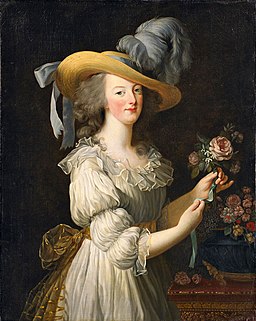 In 1783, a portrait of French Queen, Marie Antoinette, was put up for public viewing at the Paris Salon, then a biennial event for artists to present their work to society. The artist was Madame Le Brun, the official portraitist of the Queen and one of the handful women who had ever had the honour of presenting her work at the Salon. The piece, today called Marie Antoinette en chemise, was supposed to represent the queen dressed in a light billowy white gown, tending to some flowers while supposedly entertaining at her private retreat. Once unveiled, the work immediately faced backlash. To the eyes of pre-Revolution France it seemed like the queen was posing in nothing but her underwear, it was bad enough that the dress was made of Indian muslin!
In 1783, a portrait of French Queen, Marie Antoinette, was put up for public viewing at the Paris Salon, then a biennial event for artists to present their work to society. The artist was Madame Le Brun, the official portraitist of the Queen and one of the handful women who had ever had the honour of presenting her work at the Salon. The piece, today called Marie Antoinette en chemise, was supposed to represent the queen dressed in a light billowy white gown, tending to some flowers while supposedly entertaining at her private retreat. Once unveiled, the work immediately faced backlash. To the eyes of pre-Revolution France it seemed like the queen was posing in nothing but her underwear, it was bad enough that the dress was made of Indian muslin!
Though she was an Austrian by birth, it was her role now as consort to represent the French ideal of womanhood, but here she was, dressed like a country woman in contrast to being draped in French silks, that were commonly worn in depictions of nobility at that time. French silk looms were facing stiff competition from across the channel in the form of Indian muslin. The British East India Company had ‘acquired’ the Diwani rights for Bengal in 1765 and had flooded British markets with the fine cotton cloth, with muslin gowns becoming highly fashionable in English circles by the 1780s.
The French Queen who did not enjoy court, found solace in fashion, keeping an eye out for trends across Europe and constantly pushing for them at court, even getting rid of corsets for some time. The portrait, was meant to be a representation of the Queen in her own element, being private and fashionable. For this she turned to the latest trend in English clothing, the muslin gown. French-English relations were always on edge at the time so, apart from being considered morally inappropriate, the portrait had the undertone of a foreign born consort, wearing a foreign outfit, of a material made in a foreign colony, instead of an outfit representing a floundering local craft.
The portrait was immediately taken down and replaced with one of the Queen in the same posture wearing French silks and a more traditional hairstyle. But the damage was done, it was one of the early nails in the coffin for the French monarchy. Silk and cotton textiles continued to impact the history of France in complex ways. But, the incident of the portrait is interesting in that, while it sheds some light on some of these complex relations, it also showcases a version of a conversation we have today: the role of influential urbane society in the support of local craft and industry.
References:
Strobel, Heidi A., and Kimberly Chrisman-Campbell. Woman's Art Journal, vol. 36, no. 2, 2015, pp. 61–63. JSTOR, www.jstor.org/stable/26430666. Accessed 19 July 2020.
Kelly Hall: "Impropriety, Informality and Intimacy in Vigée Le Brun’s Marie Antoinette en Chemise", pp. 21–28. Providence College Art Journal, 2014.
Image:
Wikimedia Commons
https://commons.wikimedia.org/wiki/File:MA-Lebrun.jpg






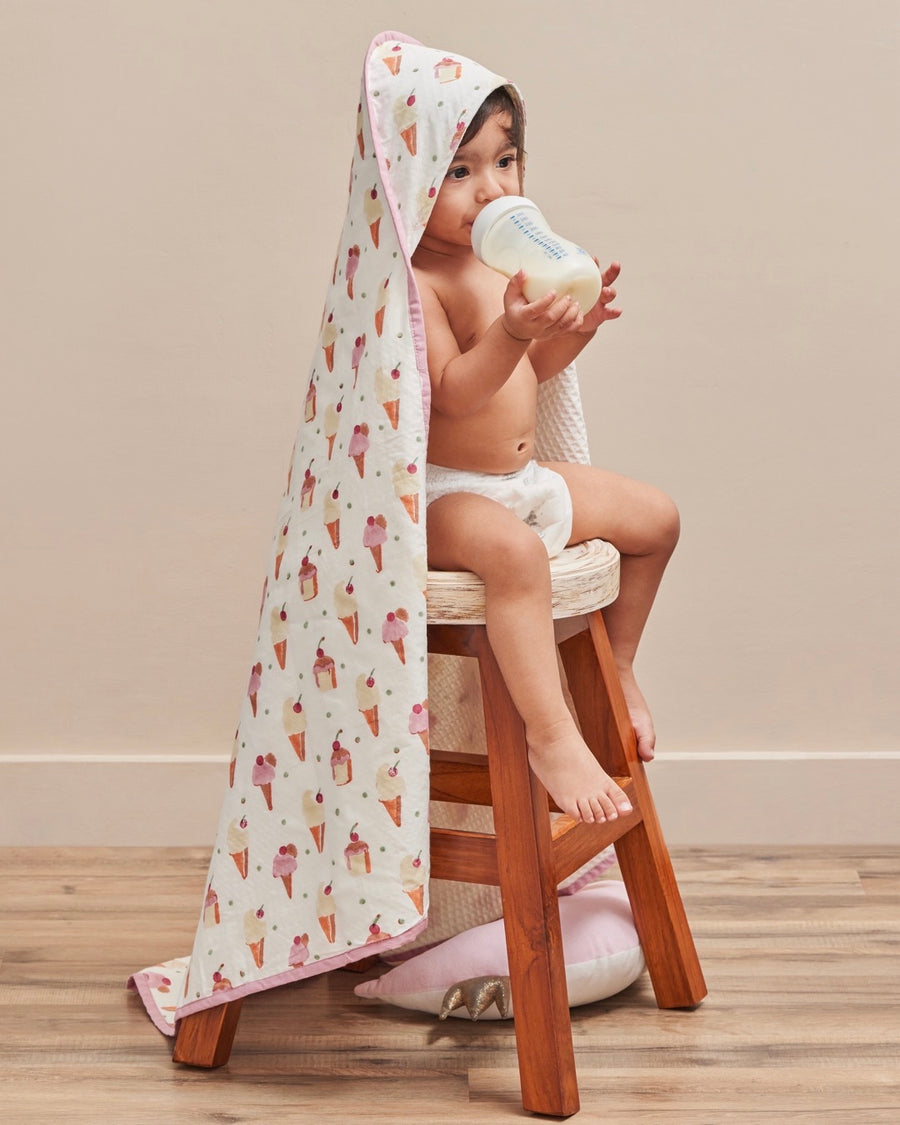
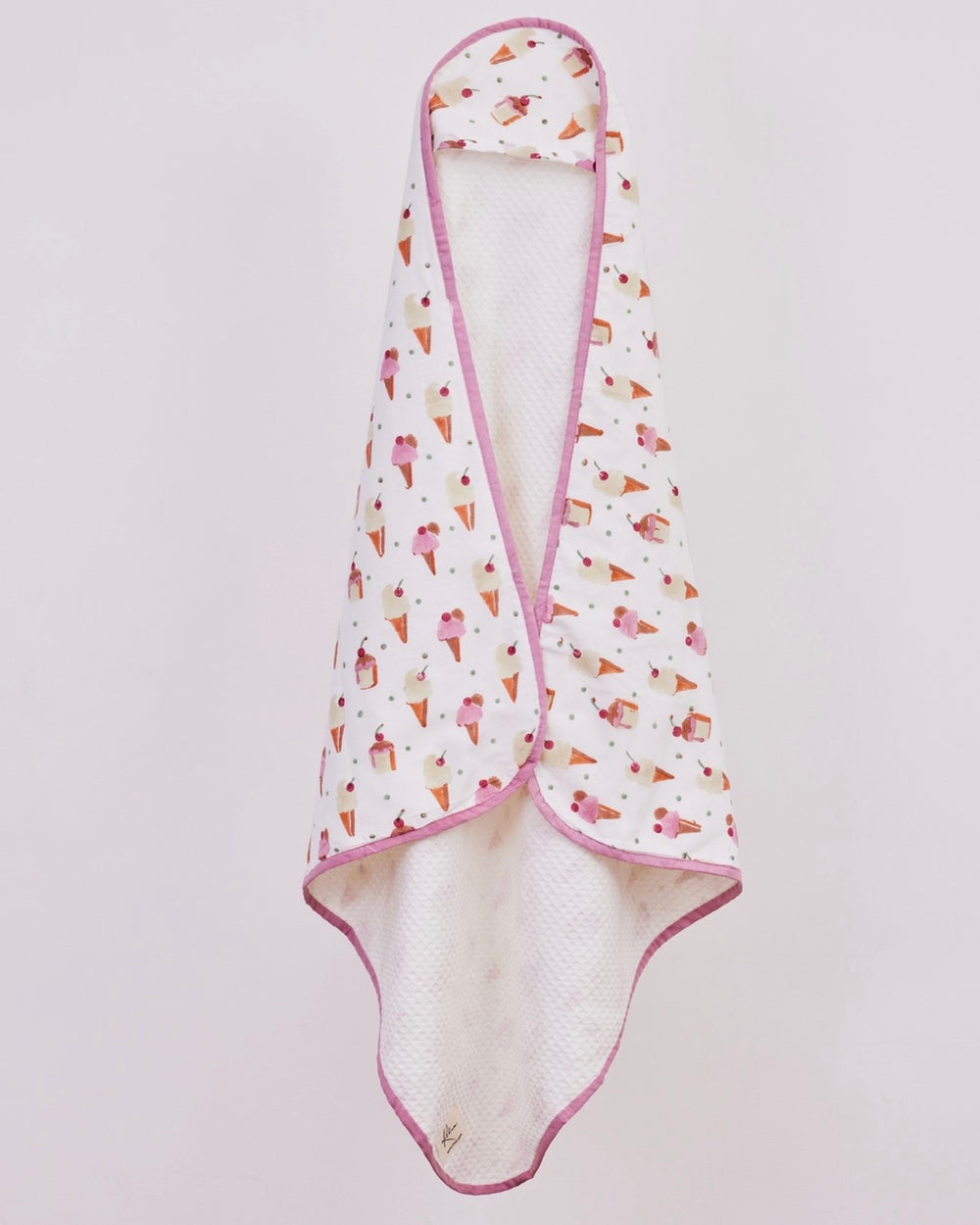

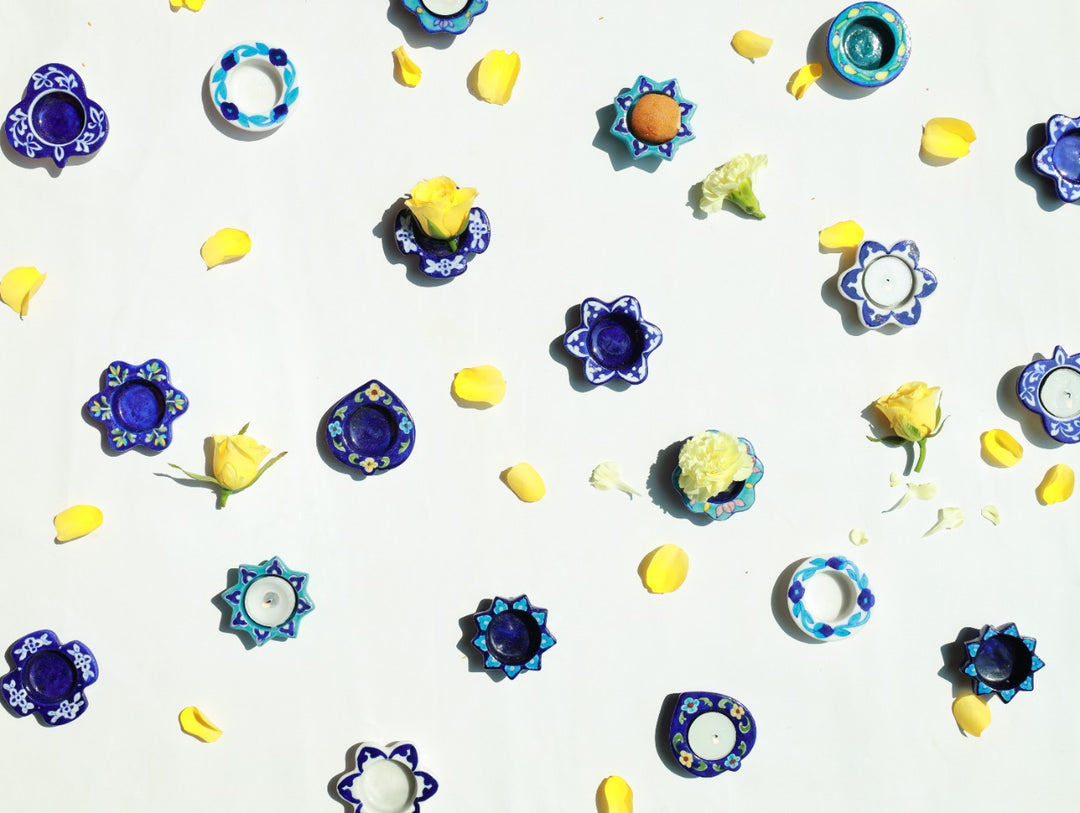
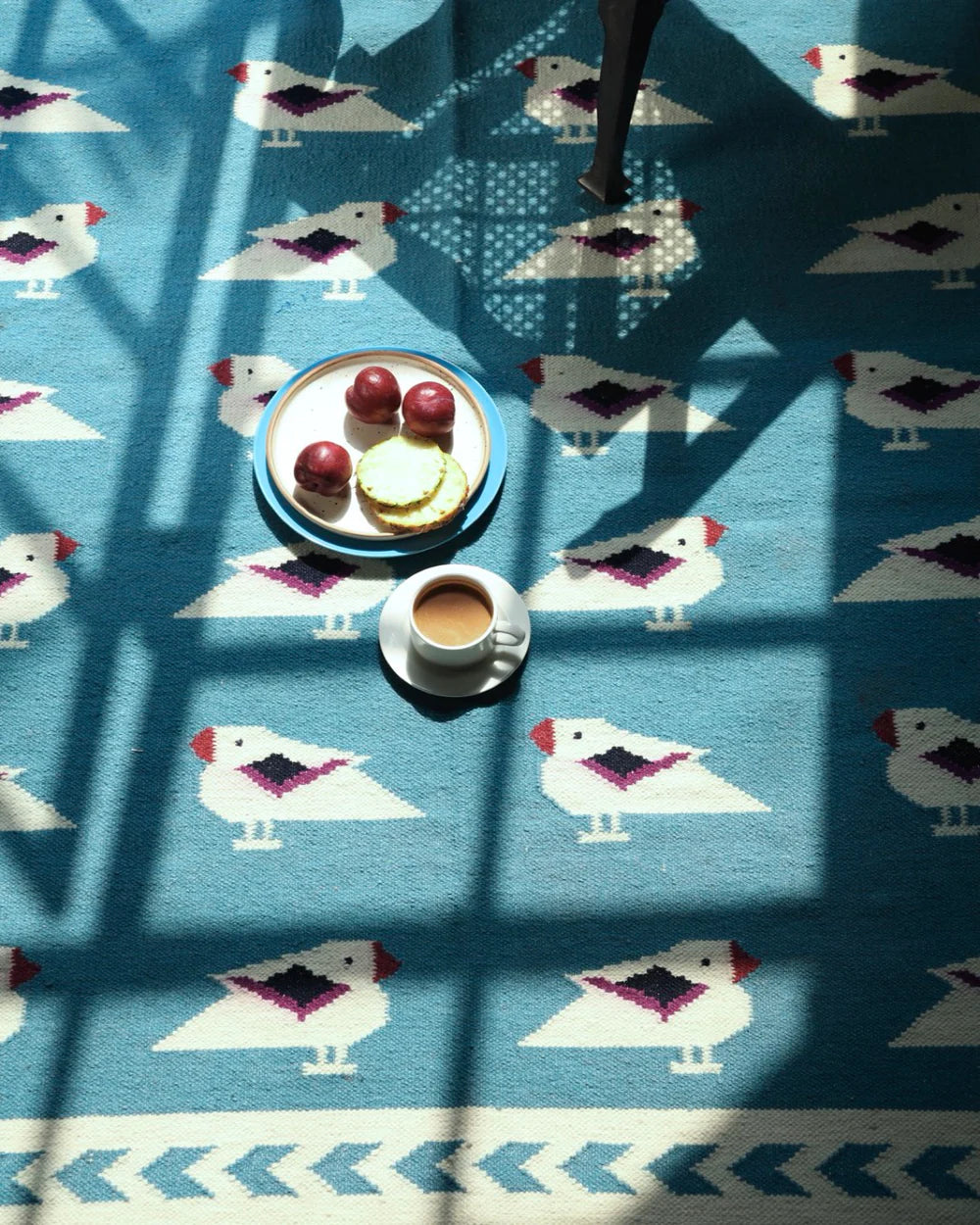
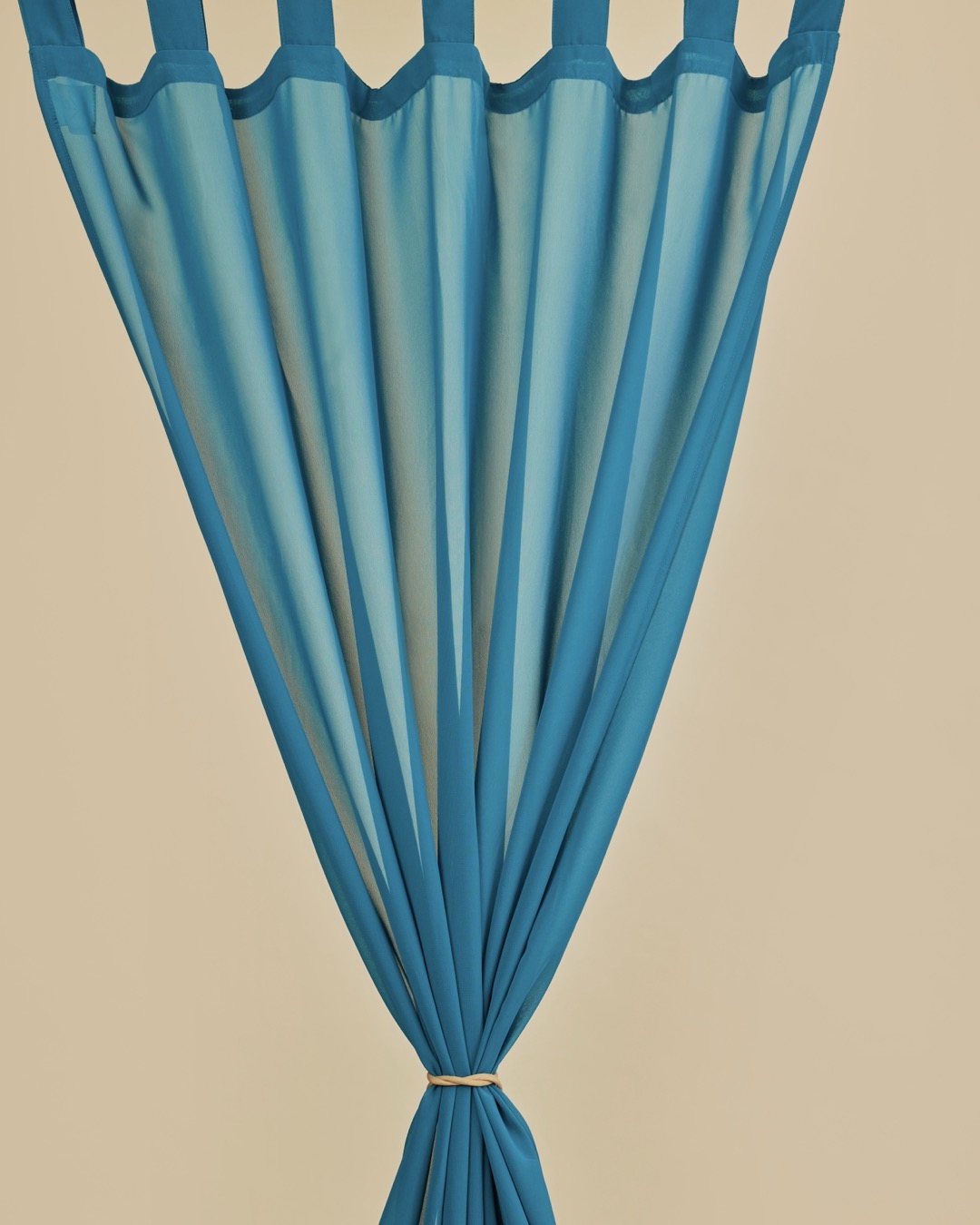
Leave a comment